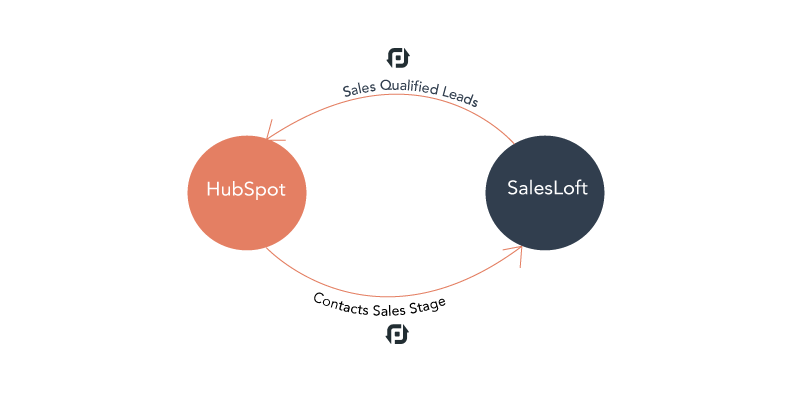Operations Hub includes similar integration features to PieSync and helps you create a better customer experience.
In seven years, Storemaven grew exponentially. To keep up with this growth, the team added multiple applications with different functionality. But the problem was to keep all its data together. That's when Storemaven adopted HubSpot as an all-encompassing system and PieSync as the link between HubSpot and other apps. With this integrated software stack, it managed to increase their sales capacity, augmenting their revenue by 25%.
In 2014, Storemaven invented App Store A/B testing. Today, top app publishers rely on Storemaven's platform and expertise to test their app store marketing assets and understand user behavior. The Storemave team offers the right combination of technological and human input. A Growing Software StackBefore Storemaven became the first app store optimization software, its founders spent years developing games. One of the challenges they faced during those years was converting visitors into users through the app store. Back then, there was no way to analyze or thoroughly improve a product's app store page.
In 2014, Storemaven invented App Store A/B testing to attend that gap in the market, and since then, it hasn't stopped growing. Currently, the company provides solutions for top enterprise-level companies such as Twitter, TikTok, Uber, and Disney.
Jonathan Fishman was one of the first salespeople at Storemaven. Three years later, he became the company's first Marketing Director. "As we grew, we realized our sales team was losing too much time generating and managing its own sales pipeline. The marketing team was created to accelerate the growth of that sales pipeline," says Jonathan.
"When we started, sales and marketing were using lots of spreadsheets. The initial processes were very manual and couldn't scale. We realized we needed to add applications to our software stack to automate as many operations as possible."
The team's first approach was implementing several applications at a time. They worked with Copper as a CRM, Sendgrid for email marketing, Drift for marketing automation, and Salesloft for outbound marketing. But while all these apps accomplished their specific functions, keeping them aligned became an issue.
"Having isolated apps resulted in visibility problems. We couldn't oversee our customers' journey. Back then, I couldn't answer a simple question like where did that booking for a demo come from? To build a concise strategy and understand what was working and what wasn't, we had to be better connected," says Jonathan.
But how to connect four disparate systems? Jonathan and his team made two decisions: They would find an app that, on its own, could cover as many business processes as possible, and they would use anIntegration Platform as a Service (iPaaS) to connect the remaining apps.
The selected tools were HubSpot and PieSync. Since then, Storemaven's customers and revenue have grown 25%.
While the new marketing team was testing solutions to keep their apps together, they found PieSync. "When I discovered how easy it was to set up a sync, I knew this tool was going to become part of our operations. And it was also PieSync that made us reconsider HubSpot," tells Jonathan.
"I tried HubSpot in 2017, but it was very far from the product that it is today. Back then, we went for Copper. When I came back to HubSpot, I was amazed to see how far the product had developed since then. It had all the capabilities of all the different systems we were using and more. We decided that HubSpot would be our single source of truth. My entire company could use the same CRM and everything would be unified."
Next to the extensive capabilities of the multiple HubSpot products, Storemaven's sales team decided to continue using Salesloft for outbound. Currently, PieSync serves as a link between the two systems.
According to Jonathan, "PieSync identifies qualified leads in HubSpot and automatically creates them in Salesloft. The 'hot leads' in this workflow receive a tag called 'outbound' in Salesloft to make it easy for our sales reps to find them, reach out, and close deals."
And that's only one direction of the sync - from HubSpot to Salesloft. Jonathan's team also created a connection to send contact updates from Salesloft back into HubSpot.
"In Salesloft, we indicate the stage of the sales process for each contact. We have this information synced back from Salesloft to HubSpot to add people into the right sequence. Creating these workflows has enabled us to refine our customer touchpoints. This way, we avoid bombarding our potential customers with emails from both sales and marketing," says Jonathan.

"More than syncing contacts, the integration allows me to maintain the sales and marketing teams aligned. Through their systems, they are informed about the activity of our potential and current customers"